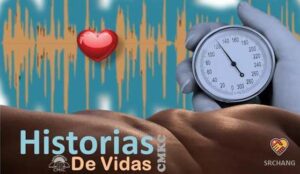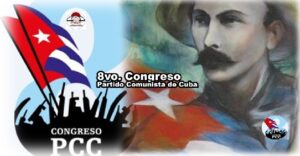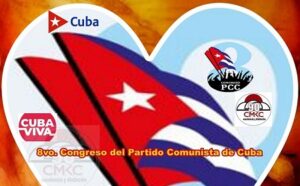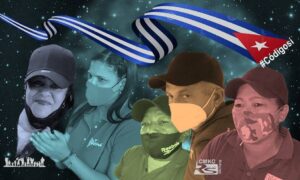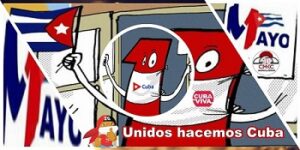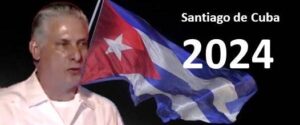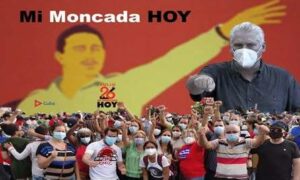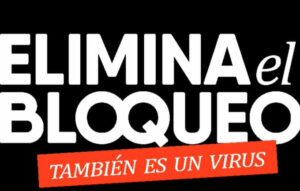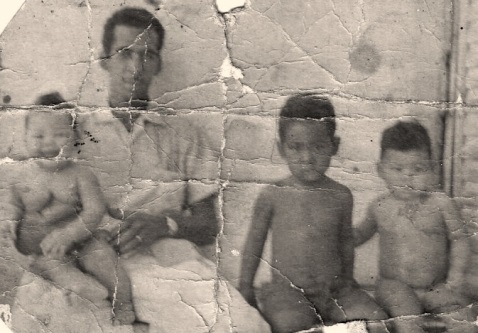
By: Santiago Romero, MSc.
It would be intriguing to confirm whether, in the first 475 years of its history, Santiago de Cuba had any other local character known as Tao, similar to the one I encountered thirty-eight years ago. This Tao was a lively Indian—an exceptional dancer, worker and father—who was the son of one of the city’s most renowned fortunetellers. It was said that his mother lived for many years at the top of the hill of Reloj and San Carlos, as from the top she could better observe the good and the bad, even identifying individuals by name, surname, skin color, stature and habits.
Tao was the founder of the Cuban Telephone Company. He began his career as a floor cleaner at the plant located at the corner of Callejon del Carmen and San Pedro. He then worked as a messenger before becoming the top interruption detector and cable tier. Additionally, he served as the provincial organizer of the communications workers’ union and was informally dubbed the “Mayor of Veguita de Galo” — a title bestowed upon him by the residents of Rius Rivera Street, without any official decrees or ceremonies.
Five decades ago, Tao arrived in La Veguita, specifically at house 114½, on Rius Rivera Street between Calvario and Hermanos Marin, near the area known as Sierrita Chiquita or Chicharrones. He came as a corn grinder—not by trade, but by the obligation imposed by Godoberta Hierrezuelo, the mother of his pretended Zoeleang, a strikingly beautiful Chinese woman whom no one had seen, as she lived confined by the constraints of family poverty.
Taíto was respected by everyone, from bandits to homosexuals, from club owners to tough guys. No one wanted to provoke that stocky Indian, who was charismatic par excellence, yet very polite and witty. He could hardly walk through Santiago de Cuba without being approached by others—whether it was the barber, the neighborhood eccentrics, women, or children. He was like a one-man band. He was involved in everything, whether it was mourning a neighbor’s death, dealing with the closure of the sugar cane juice stall at Trocha and Corona, installing a public light bulb, attending a ball game in La Veguita, overseeing street repairs, or even acting as a nurse. On one occasion, he prescribed gasoline and oil to an acquaintance who had never properly cleaned his private parts well. And let’s not forget the numerous molars he extracted with pliers, without a single complaint from his patients.
Tao used to wear a work uniform and over it another dress outfit until he arrived at work. One day, it was his turn to detect eight hundred interruptions in a telephone register buried in the corner of Santo Tomas, at one of the busiest intersections near the central Cespedes Park. Suddenly, he removed his outer clothing and moved around when a group of ladies began to insult him. Innocently, he did not know why until his colleagues laughed at the sight of him with his “scepter” protruding from his supposedly closed pants.
On Jesus Menendez Ave, the Mayor of Veguita de Galo once met the Conde Negro (the Black Count). At that time, the young Beny More was making his first steps with Merceron’s orchestra.
Tao was regarded as a social worker who assisted numerous Santiago de Cuba characters, including Patricia, known as the doyen of transvestism in Santiago de Cuba.
Among his acquaintances was the respectable Diablo Rojo (Red Devil), a roller-skating runner and traffic organizer in the city. Additionally, he was close friends Bertha, La Pregonera and the Garlic Vendor par excellence—a chubby little Galician who brightened the area around El Tivolí up the downtown area, always improvising with his catchy refrains based on garlic and addressed to anyone passing by.
One day people found out that Tao had been struck by electric current while saving his wife and children; many rushed to the Provincial Hospital, except for his mother, Amanda, who clearly understood that her son would not meet the grim reaper just yet. “If they don’t take good care of him, he will be gone in exactly one year,” declared the eighty-year-old woman, who was capable of threading a needle without glasses.
Amanda was so precise that time obeyed her like a child. A year later, at 10:30 in the morning on December 17, 1985, the Day of Saint Lazarus, the community was shocked by the news of the death of the mayor of Veguita de Galo, the man who revolutionized the area frequented by renowned troubadours such as Compay Segundo, Lorenzo Hierrezuelo, Mario Fausto Rudy and Eliades Ochoa and singers like Pacho Alonso.
There was mourning and many anecdotes as a coffin made its way along Calvario Street to Marti and Moncada. There were no bugle calls or ceremonies, only the profound sorrow of countless individuals, particularly women who wept at the farewell of the Mayor of Veguita de Galo. He was the Indian who saved my life twice and recognized me as the second of his four natural children. His real name was Gilberto, but an error at the notary’s office recorded his identity as Silvestre Ulises Romero Picarin; he was simply known as Tao.

